Pirani gauge – A Thermal conductivity Gauge
The Pirani Gauge is a type of Thermal Conductivity Gauges.
Basic principle of Pirani gauge
A conducting wire gets heated when electric current flows through it. The rate at which heat is dissipated from this wire depends on the conductivity of the surrounding media.
The conductivity of the surrounding media in-turn depends on the density of the surrounding media (that is, lower pressure of the surrounding media, lower will be its density). If the density of the surrounding media is low, its conductivity also will be low causing the wire to become hotter for a given current flow, and vice versa.
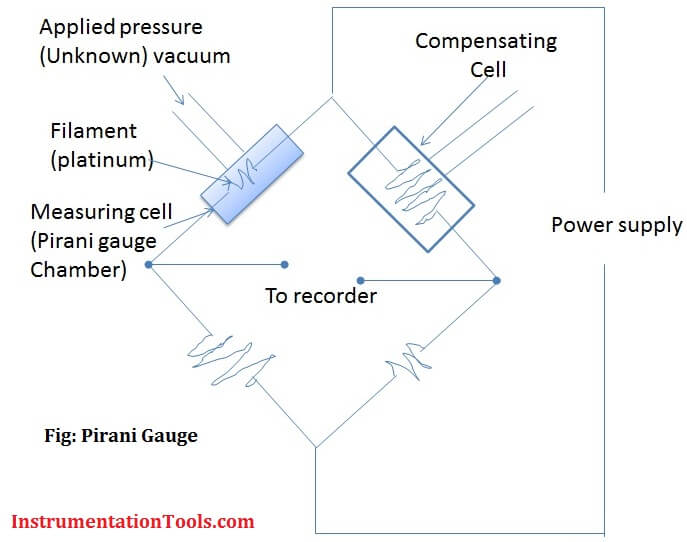
The main parts of the arrangement are:
- A pirani gauge chamber which encloses a platinum filament.
- A compensating cell to minimize variation caused due to ambient temperature changes.
- The pirani gauge chamber and the compensating cell is housed on a wheat stone bridge circuit as shown in diagram.
Operation of Pirani gauge
- A constant current is passed through the filament in the pirani gauge chamber. Due to this current, the filament gets heated and assumes a resistance which is measured using the bridge.
- Now the pressure to be measured (applied pressure) is connected to the pirani gauge chamber. Due to the applied pressure the density of the surrounding of the pirani gauge filament changes. Due to this change in density of the surrounding of the filament its conductivity changes causing the temperature of the filament to change.
- When the temperature of the filament changes, the resistance of the filament also changes.
- Now the change in resistance of the filament is determined using the bridge.
- This change in resistance of the pirani gauge filament becomes a measure of the applied pressure when calibrated.
Note: [higher pressure – higher density – higher conductivity – reduced filament temperature – less resistance of filament] and vice versa.
Applications of Pirani gauge
Used to measure low vacuum and ultra high vacuum pressures.
Advantages of Pirani gauge
- They are rugged and inexpensive
- Give accurate results
- Good response to pressure changes.
- Relation between pressure and resistance is linear for the range of use.
- Readings can be taken from a distance.
Limitations of Pirani gauge
- Pirani gauge must be checked frequently.
- Pirani gauge must be calibrated from different gases.
- Electric power is a must for its operation.

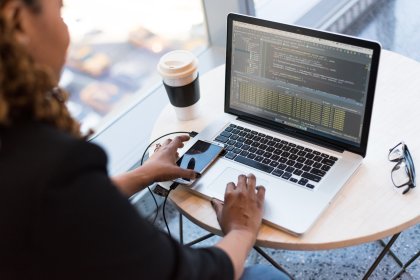

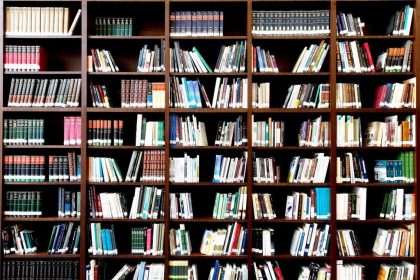
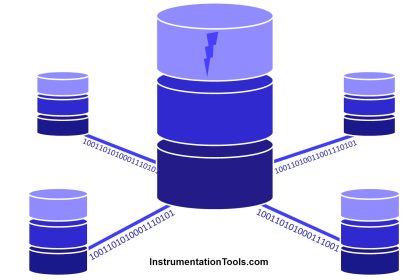
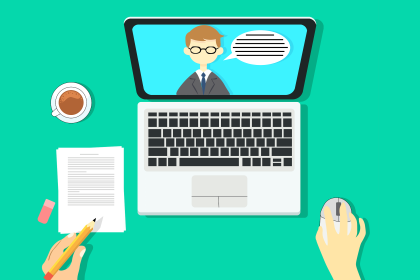
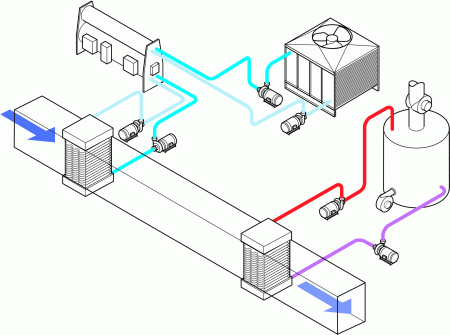
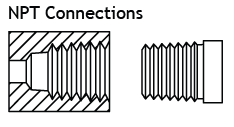
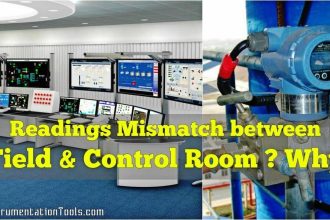
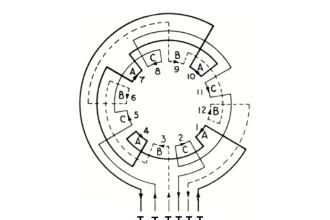







Thanks boss super explanation ……